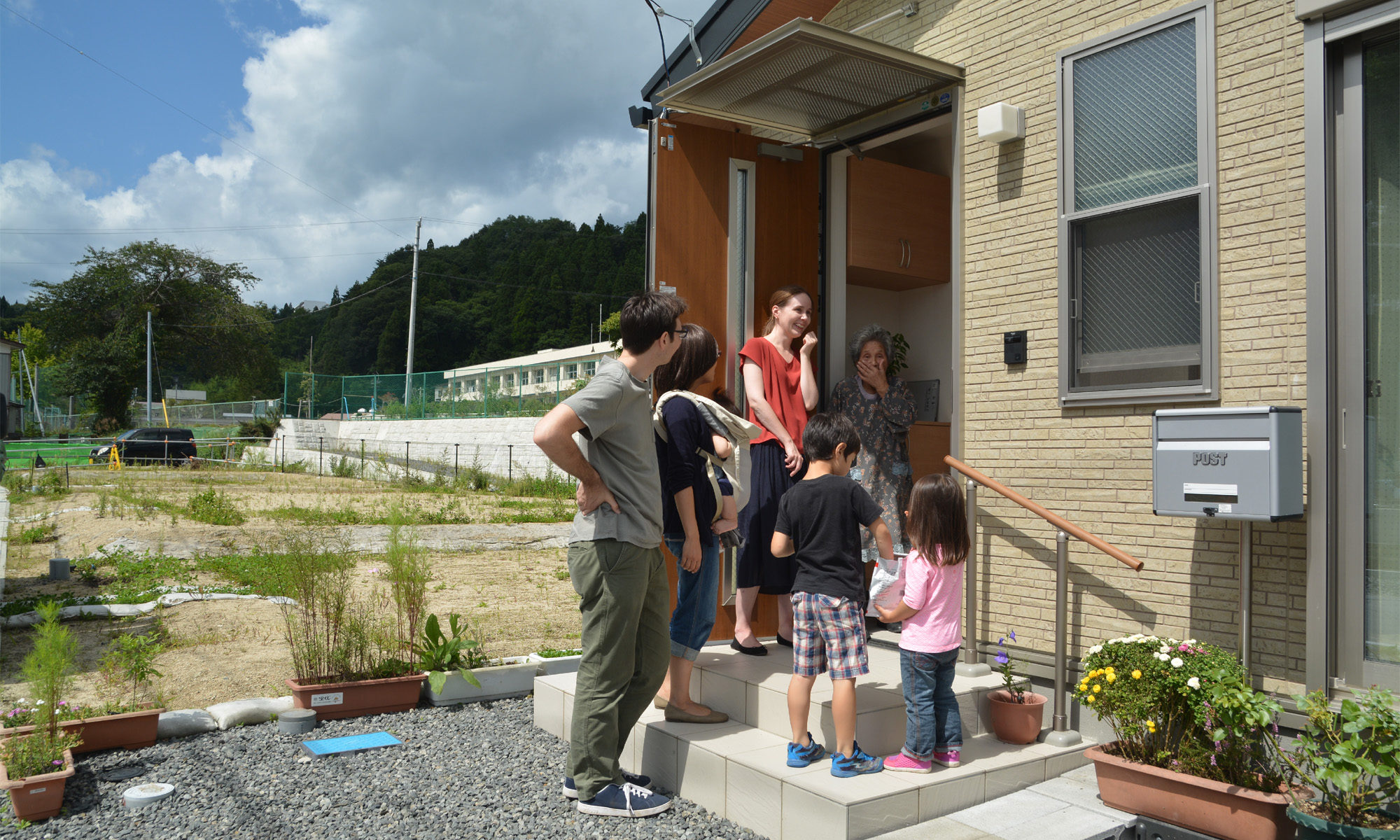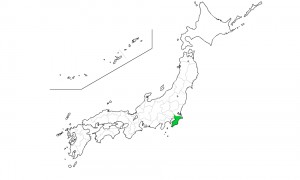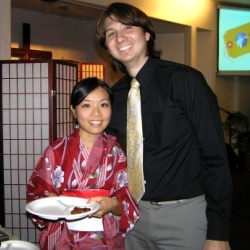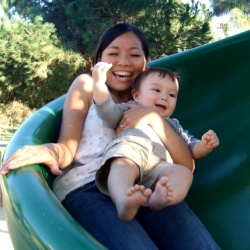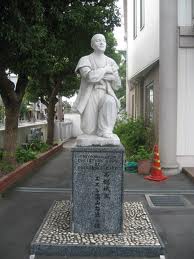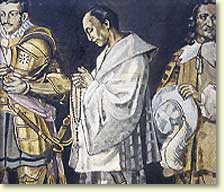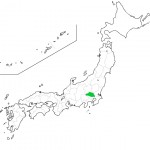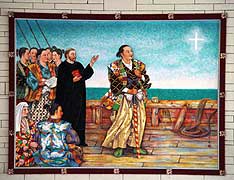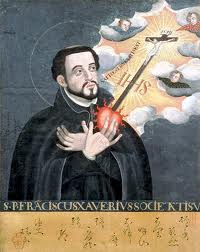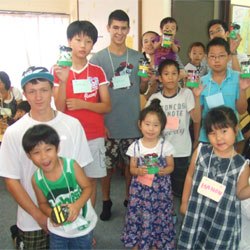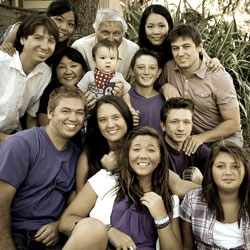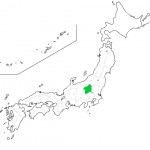 <TOKYO>
<TOKYO>
- Population: 12,082,143
- Towns/villages with no church: 5
- Churches per person: 1: 12,192
- Average worship attendance: 58
Tokyo, the capital of Japan, is one of the largest cities in the world. There are many famous temples and shrines in the metropolitan and suburban areas, such as the historic Okunitama Shrine in Fuchu, Jindai Temple in Chofu, and Mitake Shrine. Meiji Jingu shrine always tops the list for being the most popular shrine during New Year’s. The first Protestant church in Tokyo was established in 1873 by the eight members of the Yokohama Church.
November 28: There are approximately 651 churches located in the wards of Tokyo. Pray for these churches to have an effective ministry for the gospel. The total number of members is decreasing, but worship attendance has been rising from an average of 52 per church in 1999 to 58 in 2004. Many of the smaller churches struggle especially because of the high cost of meeting places, and the busyness of the big city.
November 29: Pray for the Christian Diet members, and for groups dedicated to pray for the government and for politicians. Pray for the Tokyo and Hachioji Easter Rallies, the North Tokyo and West Tokyo Pastors Fellowships, and other groups throughout the area.
November 30: Pray for Christian book stores (CLC Ochanomizu Book Store, Oasis Book Center in Shinjuku, Kyobunkan in Ginza, Avaco Book Center at Waseda, and others). A number of Christian radio and TV programs are available, but usually they are broadcast during the early morning hours.
December 1: Intercede fore the more than 25 Christian schools with about 105,000 students – that they will always focus on the gospel truth. Several of the largest schools are: Aoyama Gakuin with 25,800 students, Rikkyo with 22,200 and Meiji Gakuin with 15,400. Pray that the schools will be able to hire Christian teachers and staff. There are at least 119 Protestan kindergartens and 50 day-care centers in Tokyo with 16,900 children hearing about Jesus every day.
December 2: Pray for the 57,000 people of Tokyo who attend Christian worship. What a powerful influence they are when they become doers of the Word!
December 3: Remember the many Christian social welfare programs. Pray for the day laborers who sleep at rooming houses in the Sanya district and other ghetto areas. Pray that the close to 30,000 homeless will respond to the gospel. Remember those who share the gospel as they serve by offering food and shelter to the homeless.
December 4: The multi-faceted ministry of Ochanomizu Christian Center (OCC) serves as a hub for the evangelical movement. The 9-story building is located in a busy part of Tokyo, surrounded by many colleges and universities. Its rooms and halls provide facilities for many evangelistic outreaches, a language school ministry, and offices for a number of para-church organizations.
December 5: Four islands of the Izu island chain are without churches. Toshima, Kozushima, Mikurajima and Aogashima, with a total population of about 1,500.
*All information and prayer requests taken from “Operation Japan -Prayer Guide- Third Edition” -Japan Evangelical Missionary Association, 2005. To purchase a copy of “Operation Japan” book or the Interactive CD version, go to:http://www.jema.org/joomla15/index.php?option=com_banners&task=click&bid=10.
